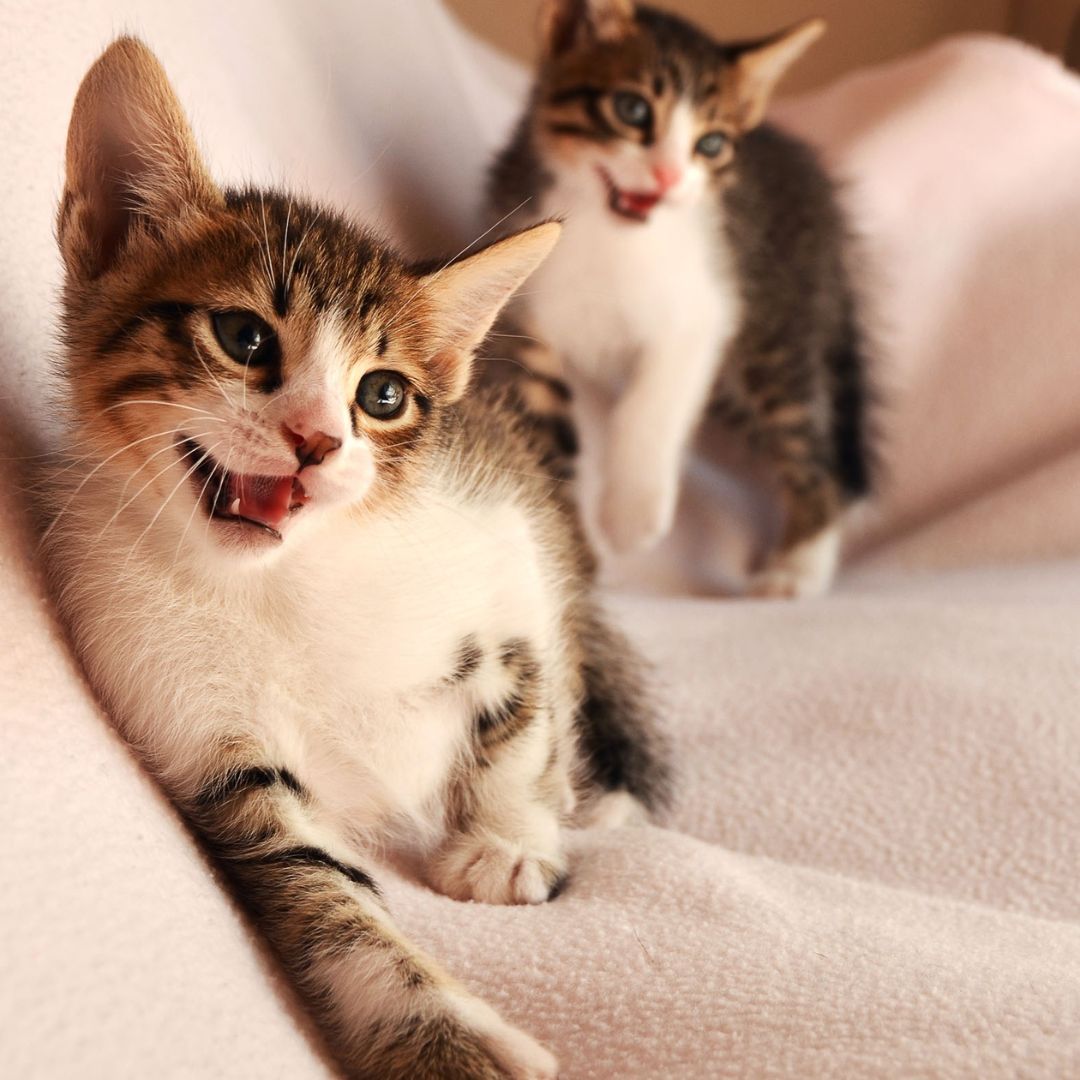
What Your Cat is Really Thinking: Intuitive Cat Communication 101
Share
Cats have long been mysterious and enigmatic creatures, leaving their human companions to wonder about the thoughts racing through their feline minds. While our understanding of cat communication may not be as advanced as we'd like, there are subtle cues and behaviors that can provide insight into what your cat is really thinking. In this blog, we'll delve into the world of intuitive cat communication, exploring the signals and behaviors that reveal the true sentiments of our feline friends.
The Language of Whiskers:
If eyes are the windows to the soul, then whiskers can be considered the cat's communication antennae. Cat whiskers are highly sensitive, equipped with nerves that can detect even the slightest changes in the air. When a cat's whiskers are pulled back tightly against their face, it often indicates fear or nervousness. On the other hand, if the whiskers are relaxed and fanned out to the sides, your cat is likely feeling content and at ease.
Understanding Tail Language:
The cat's tail serves as a powerful tool for expressing a range of emotions. When your cat holds its tail upright, it signals confidence and a friendly disposition. Conversely, a puffed-up tail is a clear indication of fear or agitation. It's crucial to observe not only the position but also the speed and movement of the tail. A rapidly swishing tail may suggest excitement or annoyance, while a slow, rhythmic sway often indicates relaxation.
The Eyes Speak Volumes:
Cats communicate a wealth of information through their eyes. One common way for cats to express trust and affection is through slow blinking. If your cat gives you a deliberate slow blink, think of it as a feline version of 'I love you.' On the flip side, dilated pupils can convey excitement, fear, or even aggression. To truly understand your cat's emotional state, pay attention to the context in which their eyes undergo changes.
Vocalization Variations:
Cats are renowned for their wide array of vocalizations, each serving a distinct purpose. While a content purr typically indicates happiness, different meows carry specific messages. A short, high-pitched meow might serve as a greeting, whereas a long, plaintive meow could signal your cat's desire for attention or express discomfort. To better comprehend their intentions, pay close attention to the tone and frequency of your cat's vocalizations.
Navigating the Belly Dilemma:
Many cat owners grapple with the conflicting desire to pet their cat's belly and the fear of potential scratches. When a cat exposes its belly, it assumes a vulnerable position, and allowing you to touch it is a significant sign of trust. However, not all cats enjoy belly rubs. If your cat abruptly becomes playful and uses their paws to grab your hand, it's a signal to step back. Recognizing your cat's comfort levels with belly rubs can contribute to strengthening your bond.
Grooming Gestures:
Cats exhibit meticulous grooming habits, often partaking in mutual grooming sessions with their favorite humans or feline companions. When your cat licks you, interpret it as a gesture of affection and acceptance. It's their way of forming a bond and expressing trust in you. Responding with gentle strokes not only reinforces your connection but also emulates the social grooming dynamics they would experience in a group of cats.
In Conclusion:
Unraveling the mysteries of your cat's thoughts may not be a precise science, but by attentively observing their body language, vocalizations, and behaviors, you can glean valuable insights into their emotional well-being and needs. The crux of intuitive cat communication lies in developing a profound understanding of your cat's distinctive personality and becoming adept at interpreting the subtle cues they provide. Through this process, you'll fortify the bond with your feline friend, cultivating a relationship grounded in trust, love, and effective communication.
Cat Blogs: Cat Behavior | Cat Food | Cat Health & Care | Cat Training | Cat Breeds | Cat Lifestyle | Cat People
Visit our blogs page for more fun cat topics and cat products visit www.catcurio.com
Follow CatCurio: Instagram I Facebook I Twitter I YouTube I Tumblr I Pinterest
